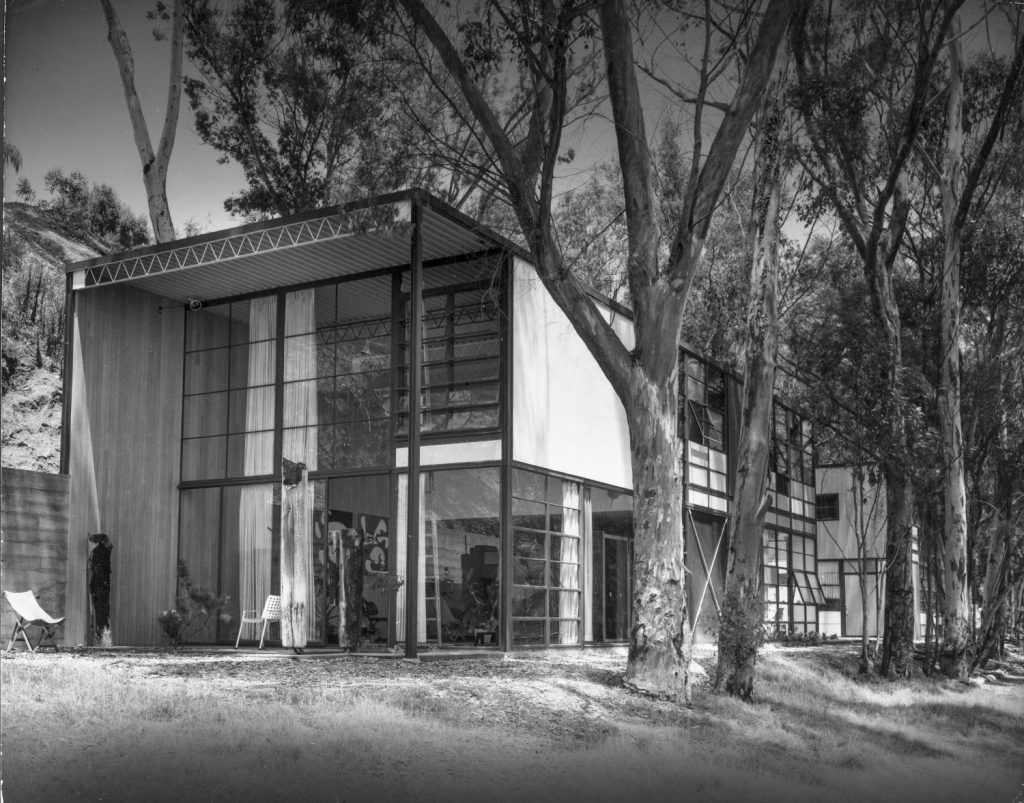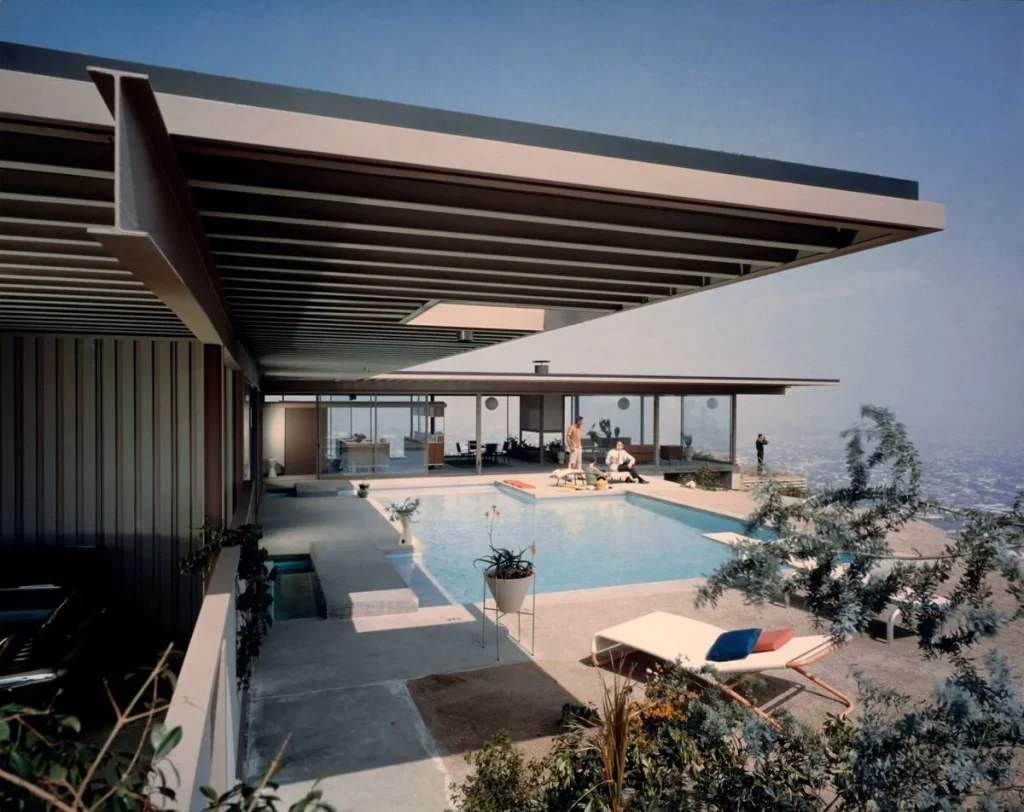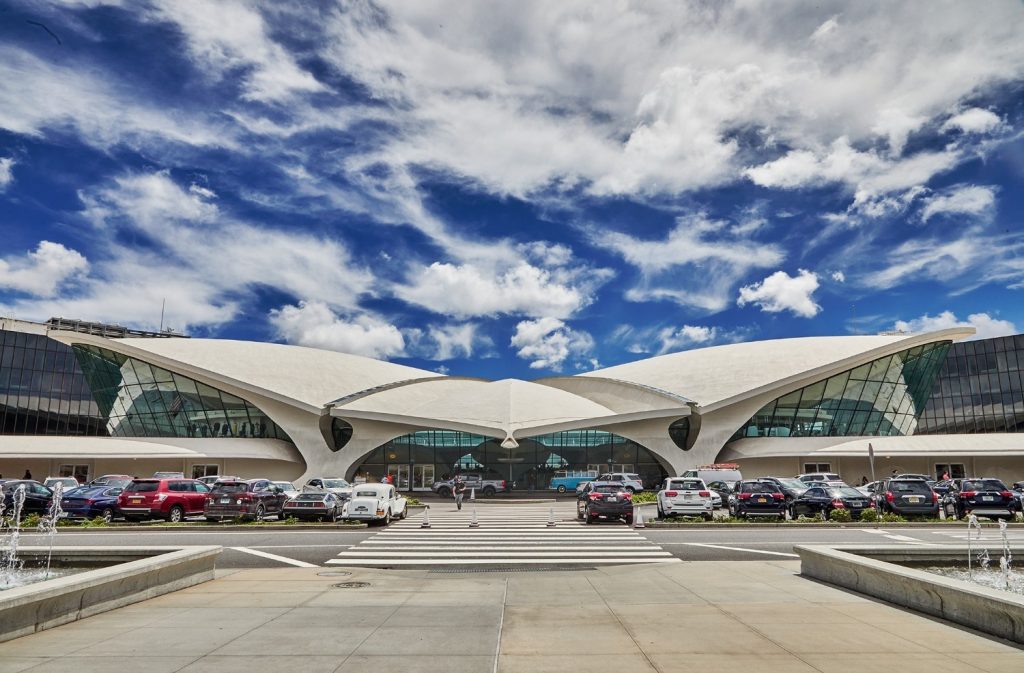What Is Mid-Century Modern Architecture? How This Iconic Design Movement Changed Our Way Of Living
From the works of Eero Saarinen and Richard Neutra to icons like the Eames House, this movement remains one of modernism’s most human expressions, and emerging after World War II, Midcentury Modern architecture celebrated open spaces, natural light, and harmony with the environment
It wasn’t just another architectural style — it was a manifesto disguised as a floor plan. Mid-century Modern architecture swaggered into the post-war world with a cigarette in one hand and a blueprint in the other, declaring that the future had finally arrived, and it was made of glass, steel, and optimism. Gone were the fussy façades and ornamented ceilings of the past; in their place came clean horizontals, open layouts, and walls that dared to disappear into nature. It was architecture for a generation that wanted to breathe — light, air, and freedom flooding through spaces that no longer hid behind curtains or clutter.
This was modernity made human. Concrete wasn’t cold anymore; it was confident. Glass wasn’t just a material; it was a philosophy of transparency. And roofs didn’t need to soar to heaven — they could sit flat, serene, and elegant, framing the sky instead of conquering it. Born from post-war pragmatism and fueled by boundless creativity, the movement transformed domestic life into an experiment in optimism. It said, quite simply: the future is now, and you can live in it.
The Philosophy Behind the Form
At its heart, Mid-century Modernism was about clarity, honesty, and flow. The movement embraced the idea that design should serve daily life while remaining visually harmonious with its surroundings. The emphasis was on horizontal planes, large windows, open interiors, and natural materials like wood, stone, and brick. These were not monumental structures meant to impress — they were spaces designed to breathe.
Borrowing cues from the earlier Bauhaus and International Style, Mid-century architects softened modernism’s industrial edge, replacing its austerity with warmth and human scale. Where Bauhaus celebrated efficiency, Mid-century Modern celebrated emotion — bringing organic shapes, colour, and comfort into the geometric rigour of modern architecture.
Prominent Architects Who Defined The Movement
A movement so widely beloved owes much to the visionaries who made modernism feel personal. Richard Neutra, an Austrian-born architect who settled in California, perfected the art of blending architecture with landscape. His Kaufmann House in Palm Springs (1946) remains an enduring symbol of desert modernism — sleek, serene, and perfectly at home in its surroundings.
Eero Saarinen, with his sculptural flair, expanded Mid-century Modernism into bold new forms. His TWA Flight Center at New York’s JFK Airport (1962) remains one of the most dramatic expressions of movement captured in architecture. Meanwhile, Charles and Ray Eames brought warmth and playfulness to modern living with their Eames House (Case Study House No. 8) — a masterclass in modularity and restraint.
Other luminaries such as Philip Johnson, Oscar Niemeyer, and Arne Jacobsen contributed to the movement’s global reach. Johnson’s Glass House in Connecticut and Niemeyer’s works in Brasília exemplified the era’s transparency and fluidity, while Jacobsen’s designs in Denmark reinforced the movement’s Scandinavian synergy — simplicity with soul.
Iconic Structures That Shaped Modernity
Mid-century Modern architecture is not defined by one building, but by a spirit that links many. Yet some structures have become archetypes of the movement’s ideals.

The Eames House (California, 1949): A study in colour, proportion, and modular construction, it showcased how industrial materials could create warmth and intimacy.

The Farnsworth House by Ludwig Mies van der Rohe (Illinois, 1951): A glass box raised above the ground, it epitomised simplicity and openness.

The Stahl House by Pierre Koenig (Los Angeles, 1959): Perhaps the most photographed Mid-century home, perched on a Hollywood Hills cliff with floor-to-ceiling glass and panoramic views.

The TWA Flight Center (New York, 1962): Saarinen’s swooping curves captured the thrill of the Jet Age in concrete form.
Each of these buildings, different in geography and intent, shared the same DNA — clarity of structure, purity of material, and a dialogue between man, machine, and nature.
Design Elements That Defined the Era
The appeal of Mid-century Modern architecture lies in its restraint. Rooflines are flat or gently pitched; façades are clean and unadorned. Inside, open-plan layouts replace compartmentalised rooms, promoting flow and flexibility. Large windows and sliding glass doors dissolve the boundaries between interior and exterior, while built-in furniture and muted tones create continuity and calm.
Materials were chosen not just for beauty, but for honesty — wood looked like wood, steel looked like steel. Even when plastics and laminates entered the picture, they were celebrated for their modern identity rather than disguised as something else. This commitment to authenticity gave Mid-century design its timeless character, allowing it to transcend fashion and trend.
A Legacy That Endures
More than seventy years after its birth, Mid-century Modern architecture continues to inspire architects, designers, and homeowners around the world. Its influence can be seen in everything from minimalist interiors to contemporary eco-homes that emphasise light, air, and openness. The movement’s longevity lies in its universality — it speaks to our innate desire for clarity, connection, and comfort. Whether it’s a suburban home, an airport terminal, or a sleek modern retreat, the principles of Mid-century design remain as relevant today as they were in the optimistic years that followed the war.
In the end, Mid-century Modern architecture wasn’t just a style — it was a statement. A belief that the modern world could be elegant without excess, functional without coldness, and above all, human at its core.